With the death of the artist Ben Vautier on June 5, it is one of the major figures of the world-famous artistic movement, the École de Nice, which lost one of its most illustrious founders. Developed from the 1950s to the 1970s, it is at the crossroads of several movements such as New Realism, Fluxus, Supports/Surfaces or even Group 70. Hélène Guenin, director of the Museum of Modern and Contemporary Art in Nice, tells us more.
How could one define the "École de Nice"?
The term "École de Nice" first appeared in the magazine Combat in 1960, where the renowned art critic Claude Rivière asked, "Is there an École de Nice?" However, there is a definition I particularly like, which comes from the art critic France Delville, who describes it as "the school of playing truant." Indeed, from the very beginning, this movement had an unruly, mischievous, rebellious side, and a desire to break free from conventional rules. When I arrived in Nice in 2016 to take over as director of MAMAC, the Museum of Modern and Contemporary Art of Nice, my team and I immediately began preparing for the major exhibition "À propos de Nice. 1947-1977," organized as part of the "Nice 2017. École(s) de Nice" Biennial, and in celebration of the supposed anniversary of this artistic fervor's birth. I joyfully delved into this heritage and quickly noticed that, even though there were artists with very different practices, they were united by their turbulent, irreverent nature and their desire to invent an art that broke free from academicism. They also shared a common ability to seize the real in all its forms. Ben, a major artist of this movement, said it himself in 1966: "What unites these artists is their appropriation of the outside world as a work of art."
A moment that symbolically marks the creation of the École de Nice occurred in 1947. The artists Yves Klein, Arman, and their poet friend Claude Pascal decided to "divide up the world." They were young teenagers who knew each other from practicing judo together in Nice and shared artistic aspirations. Yves Klein took the sky, which later inspired his famous International Klein Blue (IKB). Arman chose the earth and its riches, leading to his later creations of accumulations and Poubelles Artistiques. Claude Pascal claimed the air. This incredible act foretold their artistic careers, where nothing would be off-limits. They were in pursuit of the absolute and eager to explore everything.
However, the true historical birth of the movement took place in the late 1950s. At that time, several artists felt out of sync with the prevailing artistic period, which was marked by abstract expressionism and gestural painting. But in Nice, these young artists wanted to create a break and invent a new, revolutionary art with new forms. Among them was Yves Klein, the son of painter parents who lived between Nice and Paris, as well as Martial Raysse and Claude Gilli, who invented a uniquely French pop art. Arman was creating his "trash cans," and Ben Vautier was launching an art of performance and gesture. He would go down to the street and engage with passersby, bringing art into life and life into art. Notably, he stood on the Promenade des Anglais with a sign that read "Look at me, that's enough" (1962) or set up his table and lunch in the middle of traffic, across from the Grand Café de la Buffa (1963).
Among the iconic works of the École de Nice, which ones had the most impact on their time?
In 2017, for the "À propos de Nice. 1947-1977" exhibition, I had the chance to bring one of the period's iconic pieces, owned by the Centre Pompidou in Paris. It was the three-dimensional work "Raysse Beach" by Martial Raysse. The artist created a beach with nine wooden panels representing vividly colored pin-up girls, surrounded by objects such as a beach towel, a jukebox playing the hits of the 1960s, sand, and inflatable dolphin and duck toys. In doing so, he literally brought the contemporary beach, its atmosphere, and the emerging popularity of plastic floats into the exhibition space. This work is now considered a significant piece of Nouveau Réalisme, a movement within the École de Nice that offered new perceptual approaches to reality. The foundational declaration of this group was drafted by art historian Pierre Restany and signed at Yves Klein's home in Paris. The common thread among the new realists was their rejection of the triumphant abstraction of the École de Paris.
I also think of a very figurative anthropometry, which is also a radical performance by the artist Yves Klein, "ANT 84." Anthropometry is a term coined in 1960 by Pierre Restany (from the Greek "anthropos," meaning human, and "metry," meaning measure) to describe what Yves Klein referred to as "the technique of living brushes." The anthropometries were the results of performances, often conducted in public, where models with bodies coated in paint would press themselves against a canvas. In "ANT 84," two figures resembling mermaids seem to float magically on the surface of the canvas, the result of traces left by two "women brushes," naked and covered in the famous Klein blue, created by the artist as a tribute to the Nice sky. Yves Klein called them his assistants and directed their movements on the canvas. In May 1960, the artist filed a patent claiming the process of manufacturing this chromatic value, which would become the emblem of his fame.
The ex-votos of Nice-born Claude Gilli are also among the iconic works of the École de Nice because he was able to make pop the landscapes of umbrella pines and the traditional, religious, and folkloric gestures of ex-votos.
There is also, of course, Arman with his accumulations of objects, or his "Poubelles" series, which critiqued the consumer society of the early 1960s by exposing its unacknowledged and unowned side. Arman enclosed collected waste in plexiglass boxes, revealing what society leaves behind, and highlighting the emerging phenomenon of planned obsolescence. In the early 1960s, in the unique context of the post-war economic boom (known as the "Trente Glorieuses"), very few artists were discussing this phenomenon of excessive waste—it was quite daring for the time!
The southern artists were bringing art into life. I also think of the Supports/Surfaces movement, also labeled part of the École de Nice, which emerged in the second half of the 1960s. This generation returned to painting by highlighting its components, even the most trivial ones: the frame, the stretcher, the canvas, the motif... The subject became secondary. Among the artists in this group were Claude Viallat, Louis Cane, and Noël Dolla, known for their spatial restructurings in natural settings or on the Nice beach, as well as Bernard Pagès, who created arrangements using materials from the rural or working world (logs, bricks, corrugated iron, tools, wire mesh, etc.). Their approach would be continued by Groupe 70, composed of Max Charvolen, Louis Chacallis, Jean Isnard, Serge Maccaferri, and Martin Miguel, who are also counted among the École de Nice.
Finally, Ben holds a unique and major place in the École de Nice. He was fascinated by the Fluxus movement, of which George Maciunas was one of the principal founders. This movement desacralized art, making it accessible to everyone and promoting a direct and participatory mode of action. Ben, already an advocate of an art of gestures and attitudes, encouraged artists from this movement to come to Nice and created the conditions for a genuine artistic scene. One of the iconic gestures of the era was to sign the horizon by following its line and writing on a glass panel placed on the Promenade (1962). This was his response to Yves Klein's act of claiming the sky.
What's brilliant is that we're neither in Paris nor New York, but in Nice, a city that at the time didn't have many art venues for these artists to express themselves. Suddenly, a movement was born because this group of young people found themselves watching each other out of the corner of their eyes, hungry to invent and be inspired by Nice. And at the same time, they were creating in reaction to Nice. There was a blend of homage and irony. When Raysse brought all the clichés and codes of the beach into the exhibition space, it was irony.
Lastly, there are those who escape classification... Bernar Venet, the only conceptual painter of the École de Nice; Albert Chubac, Robert Malaval, André Verdet, Sacha Sosno, and Jean Mas.
Was the construction of MAMAC, inaugurated in 1990, necessary to provide an exhibition space for these artists?
In 1985, the exhibition "Around Nice" at Acropolis presented an initial gathering of works by the new realists, the École de Nice, and Support/Surfaces, among others, and established the need for a museum of modern and contemporary art in Nice.
At the same time, several cities in France created their contemporary art museums as part of a decentralization movement from Paris: Grenoble, Nîmes, Bordeaux, Lyon, and Nice were among them. Artist Sacha Sosno strongly advocated for a space for the Nice art scene, which already had an international presence. Arman, Bernar Venet, Martial Raysse, and others had already "exported" themselves to New York. Yves Klein had exhibited during his lifetime in the United States, Germany, and Italy, and Ben had already had a significant international career, being connected to the global Fluxus movement. While Arman and Yves Klein were involved in Nouveau Réalisme, the United States was experiencing the rise of pop art and assemblage art. Very quickly, these artists met and exhibited together. The creation of MAMAC is part of a global panorama of art history. Today, with over 1,400 works by 400 artists, the museum offers, among other things, a unique dialogue between European Nouveau Réalisme and the American expression of assemblage art and pop art.
Speaking of which, what is happening to the museum with the current work on the Promenade du Paillon Season 2?
The museum has embarked on a four-year project to enhance its collection and optimize public reception. During this period, MAMAC is extending beyond its walls with exhibitions and activities. It is currently associated with the Fernand Léger Museum in Biot for a historical project juxtaposing Léger and the new realists. We are presenting a remarkable collection of 70 works from our collections, some of which are rarely exhibited, such as a magnificent creation by Gilbert & George. While this piece might seem dissonant with some of our permanent collection in Nice, it makes perfect sense in Biot, alongside Léger's work. The same goes for Keith Haring and other pieces that have not been exhibited in fifteen years, such as the Portrait of Jean, the lover of Niki de Saint Phalle, whom she paid tribute to after his death. We have just completed an exhibition on Niki de Saint Phalle that MAMAC organized in the United States at the impressive Nelson-Atkins Museum in Kansas City.
In November, we will be present in old Nice in the intimate setting of the Palais Lascaris. Artist Laurence Aëgerter will enrich the exhibition with works lent by MAMAC, along with new creations supported by the museum. In the autumn, we will also collaborate with the Matisse Museum in Nice. We continue our cultural mediation activities outside the museum and have commissioned works from performing artists inspired by pieces from the collection to create living art in schools, cultural venues, hospitals, etc. This is notably the case with a new project led by artist Félicien Chauveau around Yves Klein, which will be itinerant.
In Nice, the art scene remains vibrant and continues to be influenced by the remarkable movement that took place during the golden age of the 1950s to the 1970s. Sometimes, we see resurgences, and some are still present, like Jean Mas and Marcel Alocco. Generation after generation, Nice continues to produce original artists thanks to its art schools (Villa Thiole, Villa Arson, etc.), the presence of numerous artistic venues (La Station, Le 109, etc.), and very high-quality art galleries.
www.instagram.com/mamacnice_officiel
Cover : Hélène Guenin portrait © Karolina Kodluba



.avif)
-TAILLE.avif)


%20%E2%88%8F%20Ben%20Vautier%20ADAGP%2C%20Paris.avif)




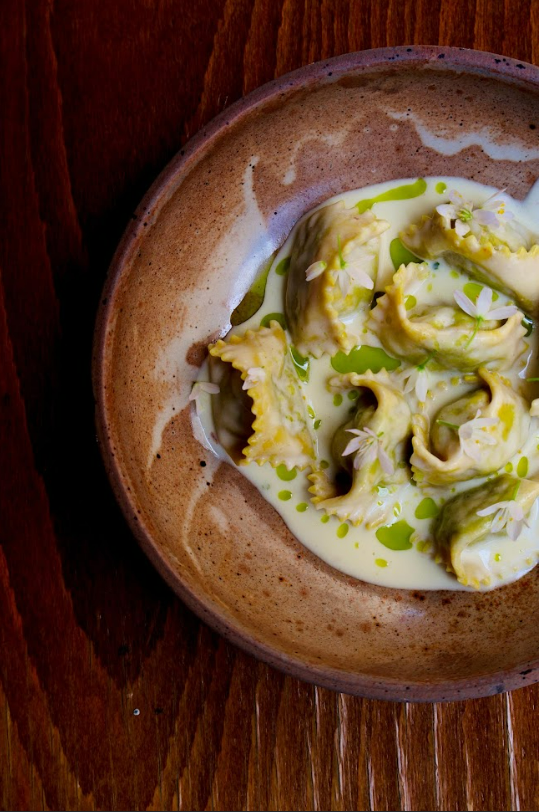
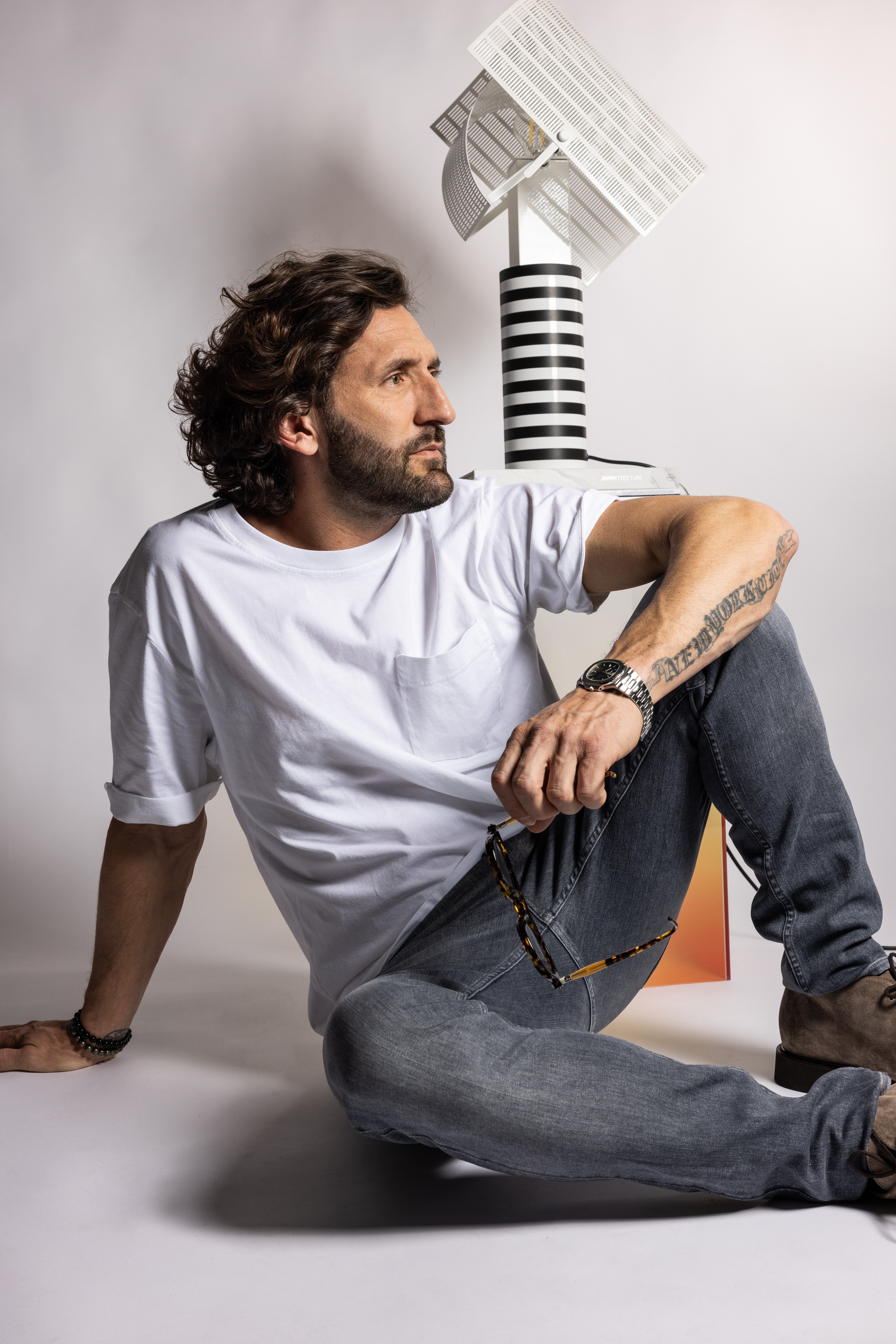

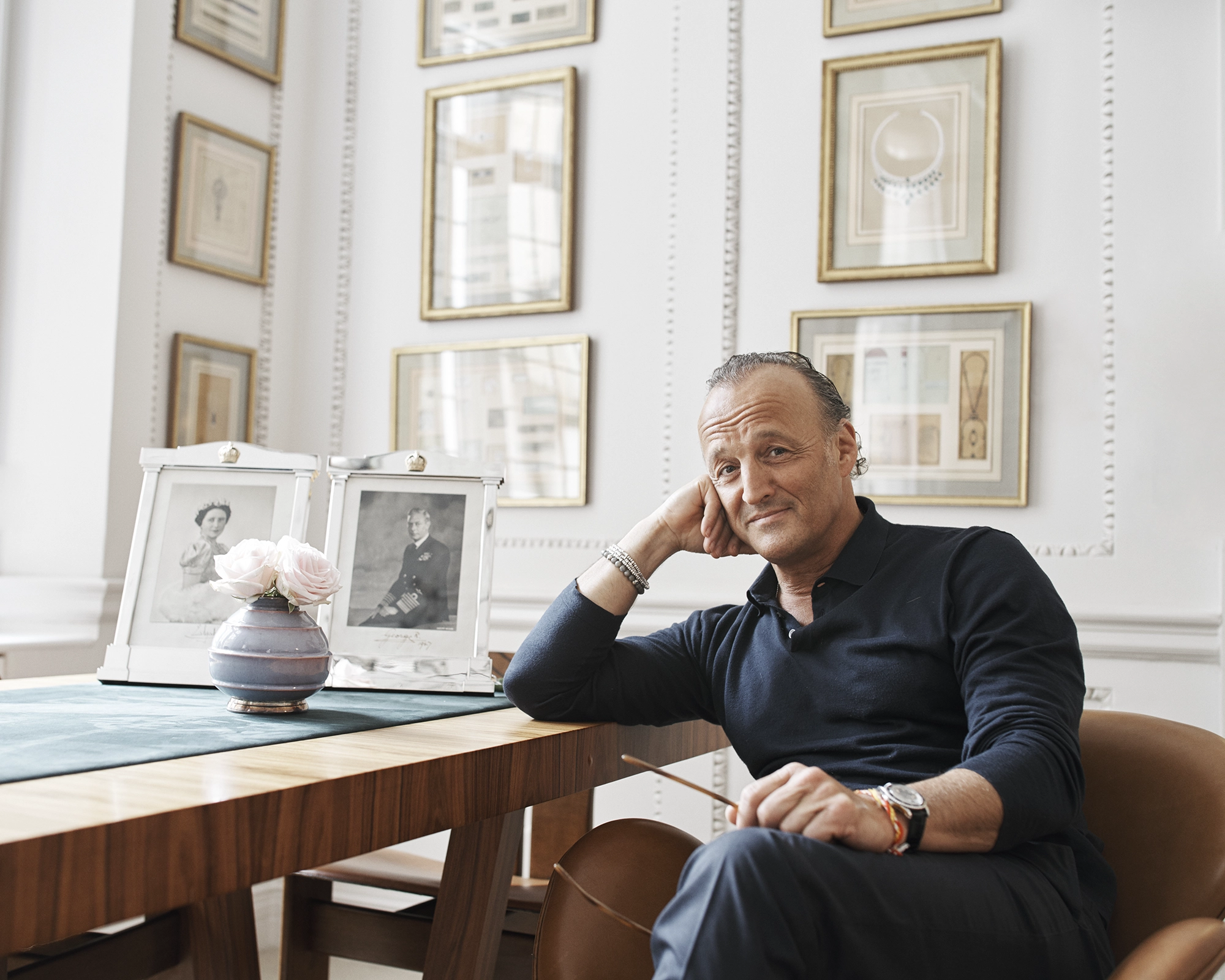
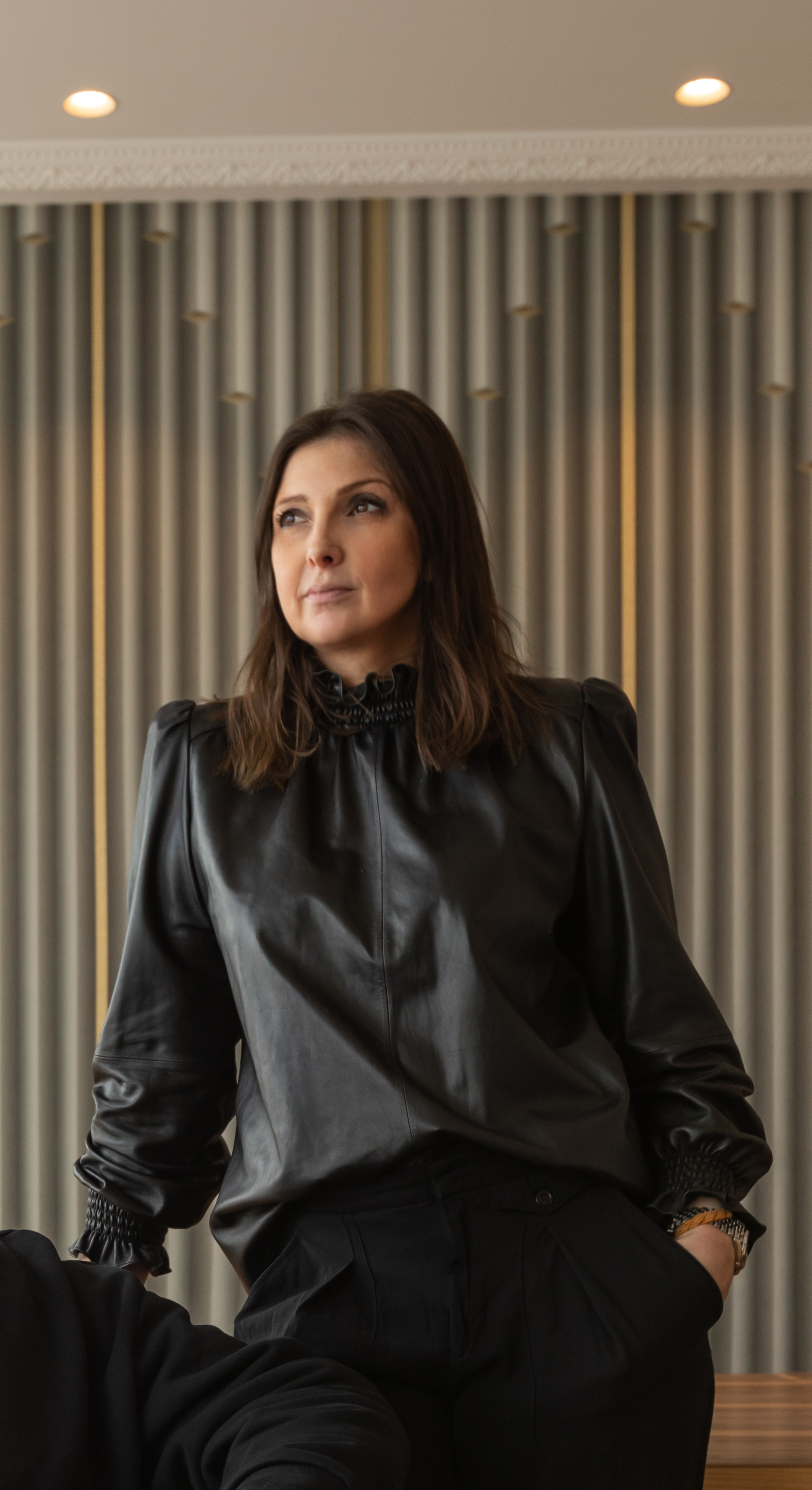

2%20pint.jpg)
%20V%204C%20%20%C2%A9Oph%C3%A9lie%20Collignon%20(5).webp)
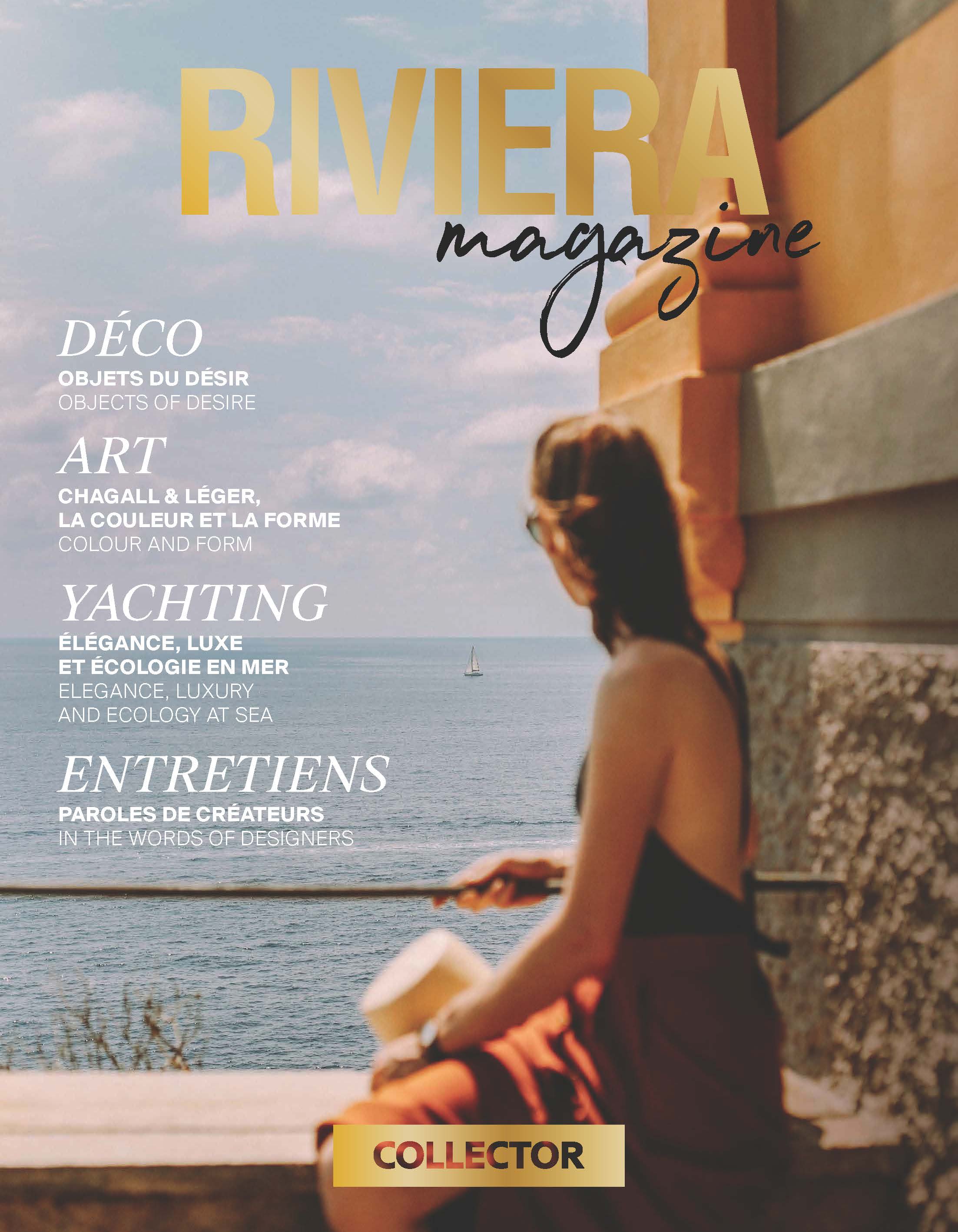

.avif)


.avif)